Article's Content
“What is the most underrated marketing channel?”
That is a common question that pops up when talking to other marketers.
We are always looking for that next channel that we can start distributing content on. Especially as we start planning our content for 2022.
We have asked it a few times on Twitter over the past few months and received a large cross-section of answers.
Dear Marketers,
What is the MOST underrated marketing channel?
— Foundation 🎧 (@FoundationIncCo) December 6, 2021
Some people say Snapchat, while others chime in to say Email is always overlooked.
But my answer is always going to be the same, especially for B2B marketers.
Pinterest.
No matter how many times I scream it from the rooftops, I think it’s hard for most marketers to see Pinterest as a legitimate channel. Especially B2B marketers.
Even though they are the fourth most popular social media site in the US, have around 450 million users and made $1B+ in ad revenue last year!
Recently Pinterest put out a 2022 trends report, but it was a little light on the tips for B2B brands.
So we thought we would fill that gap for them.
Let’s get into it.
But first… Check out this quick video breaking down WHY Pinterest is a B2B Marketing channel worth considering:
Pinterest Isn’t Like Other Social Networks
The first thing you need to know about Pinterest is that it’s really not like any other social network.
Some people don’t even call it a ‘social network’. Because…
It’s kinda private. And not always social…
However, many marketers post on Pinterest just like they would on Facebook or Twitter.
A share here, a share there. But no real strategy is ever established. Then when those tactic doesn’t work, they give up and call it a failed channel.
That said, Pinterest is more like Google than anyone wants to admit.
The tactics that you use to get your content ranking on the first page of Google, can also be used on Pinterest.
How do we know this?
Well Ryan McCready, former Foundationite and former Venngager grew their company Pinterest page from almost zero to 10M+ monthly viewers and 30k+ followers using tactics that can be replicated for your own marketing mix.
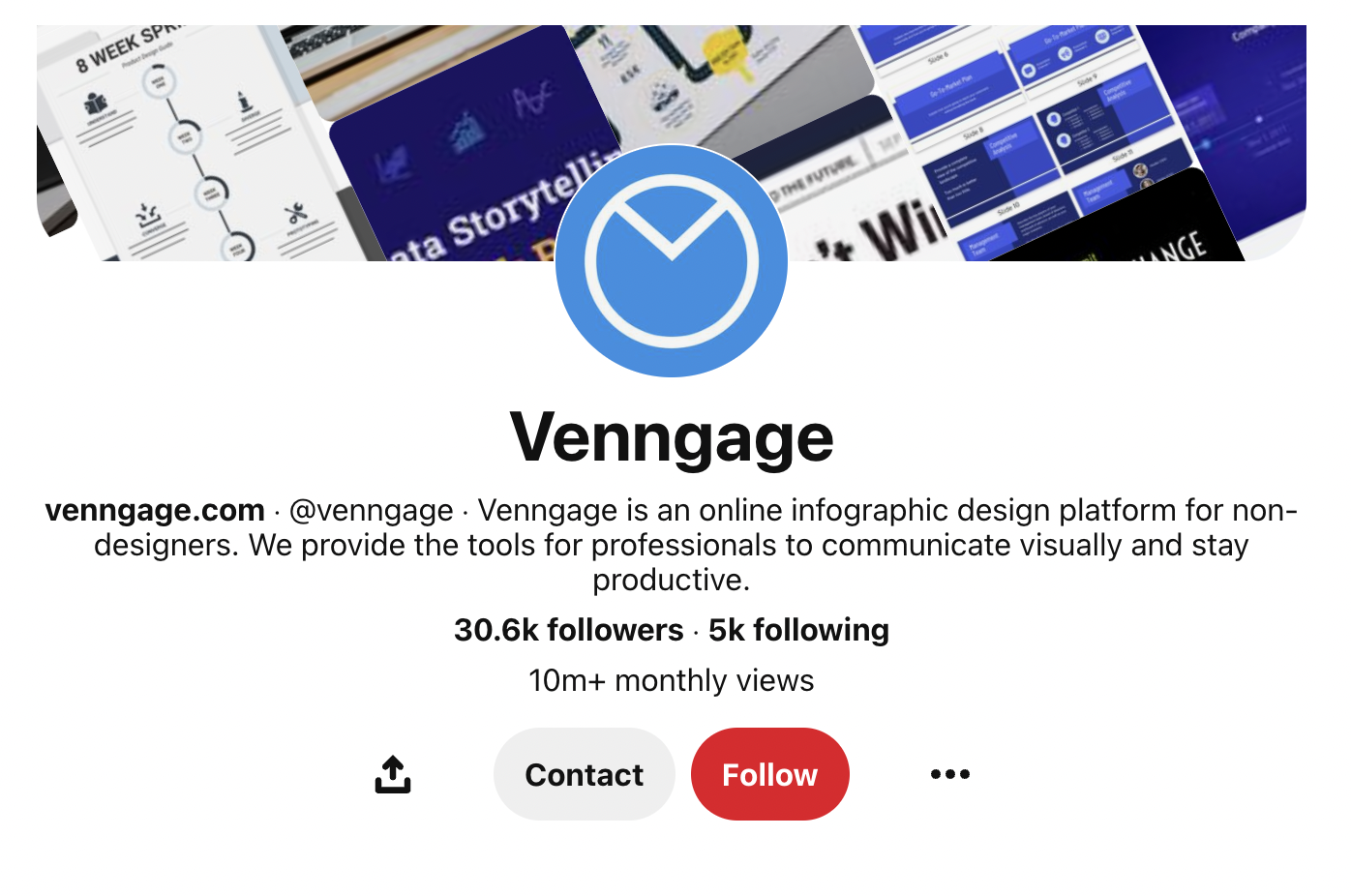

At the time, it was Venngage’s most successful social media network and drove the most conversions, by a large margin.
Of course, Venngage is a visual platform so this is a good situation where Pinterest and their customers make for a perfect example of channel-user fit.
Right now, that page is still growing even though they stopped posting on it over 3 years ago.
The keywords Ryan wanted to target was in the title, description, and more:
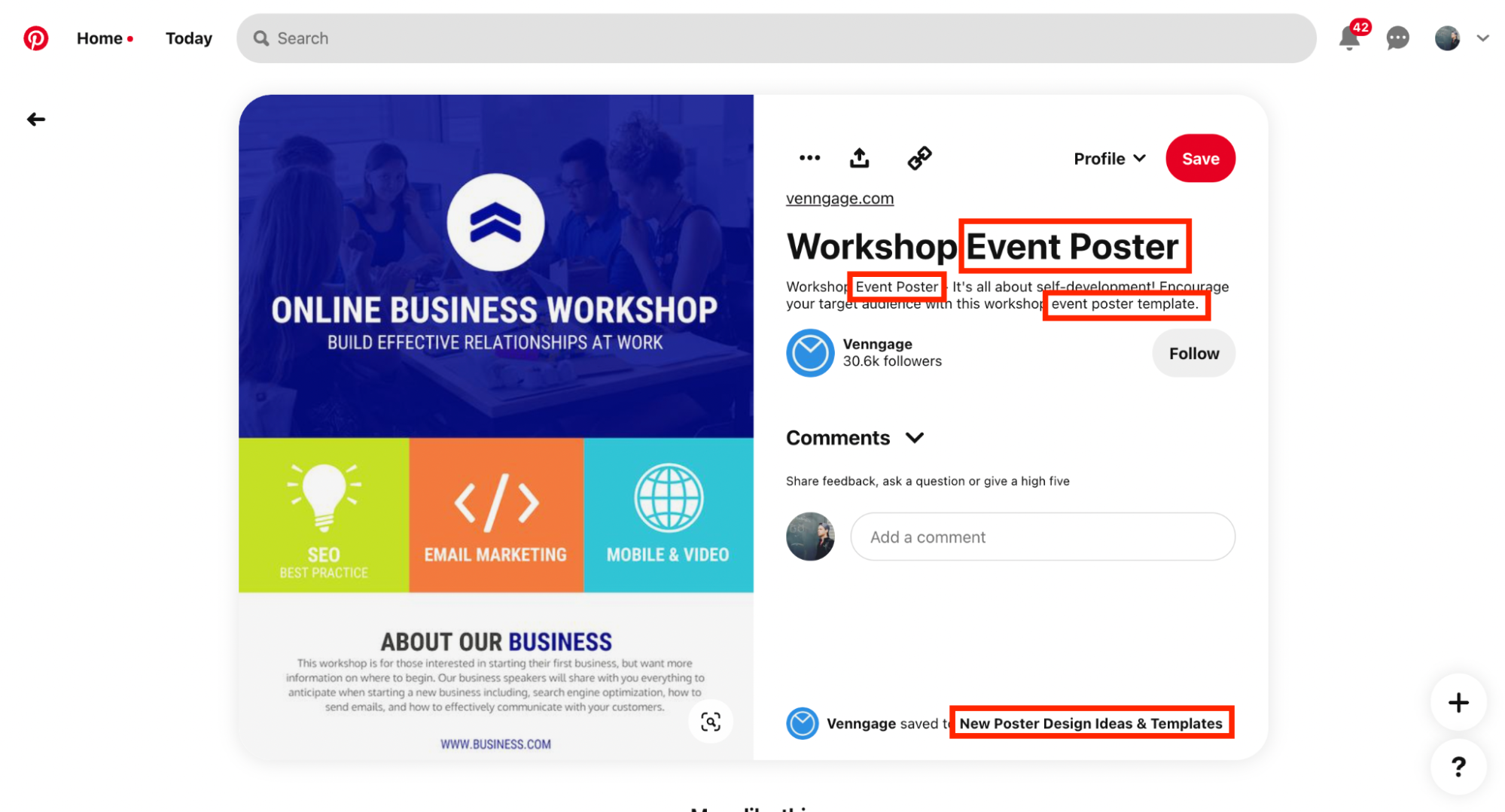

As you can see in this example, the visual shared is extremely B2B focused. Not many consumers are going to want an event poster template (but hey, there is a market for that! And if they did want to, they could design a custom poster using a free online tool like Canva or a Canva alternative).
In fact, some of the most popular Pins were focused on things like Marketing Plans, SWOT Analysis Templates, and more!
Pinterest Can Work For B2B Brands
Pinterest isn’t perfect for every brand, but it can be an amazing new channel for a lot of B2B brands.
Especially cause you can use a lot of the same tactics and processes that you use for other search-optimized content.
There are two main options for discovering content on Pinterest: Explore and Search.
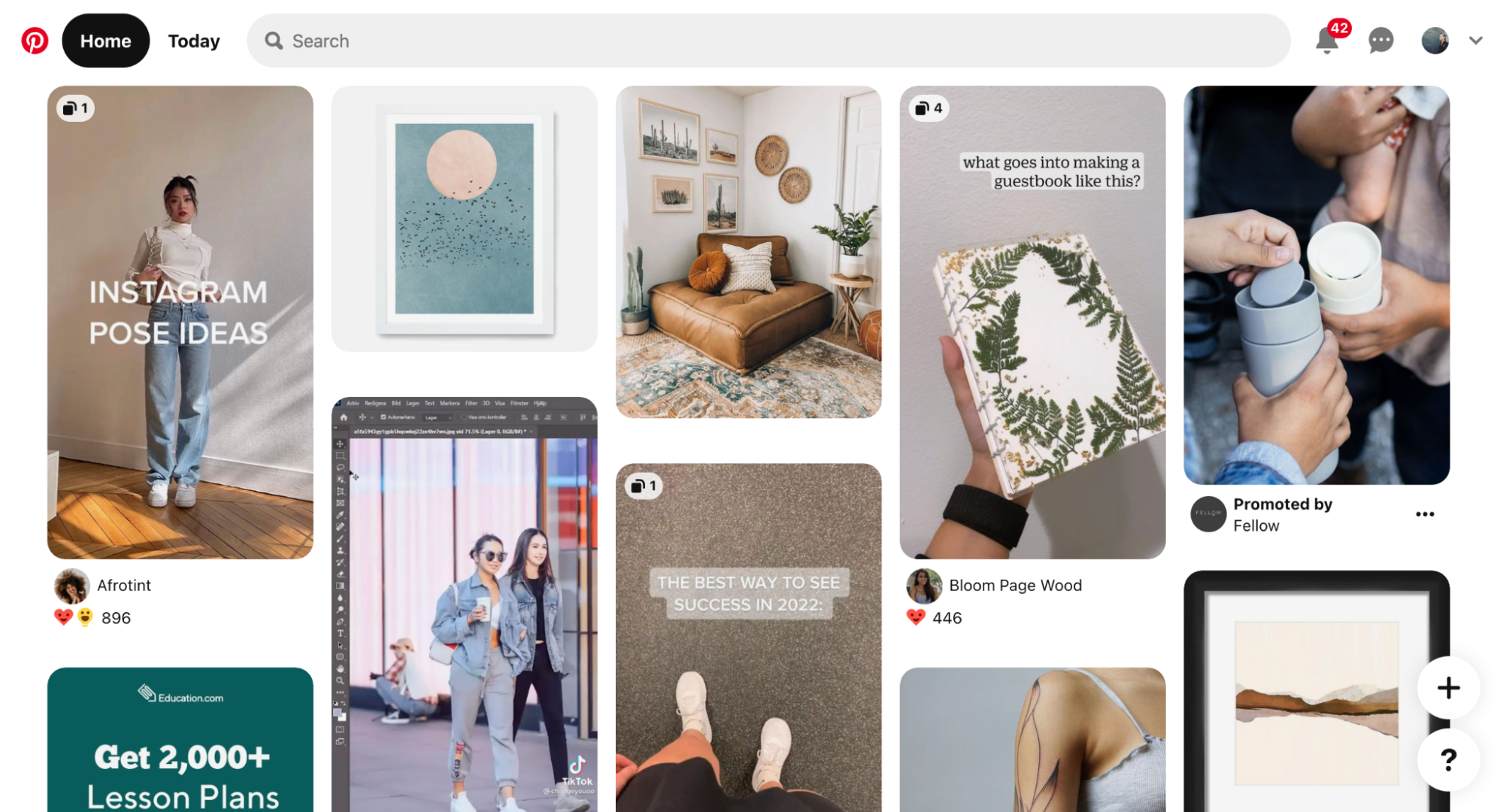

We estimate that most people use the Feed for passive discovery and Search for active discovery.
And search is search.
It doesn’t matter if you are wanting to rank on a keyword like “marketing plan” on Google or Pinterest.


Plus, well-optimized content is more likely to show up on the Explore page as well. Mostly because Pinerest’s algorithm can tell exactly what content you are sharing. Instead of guessing about a Pin that has zero information attached to it.
In my experience, the conversion rate from content shared on Pinterest was higher than the same content on Google.
You just have to put in the work to find keywords that you want to target and work backward from there.
The descriptions, titles, and more can be based on templates. And you can set up automated posting on Buffer or build your own with Zapier.
Sure you might have to design some visuals that are optimized for Pinterest, but no new blog posts have to be written.
For example, Squarespace uses well-optimized Pins to send people back to more traditional blog posts:
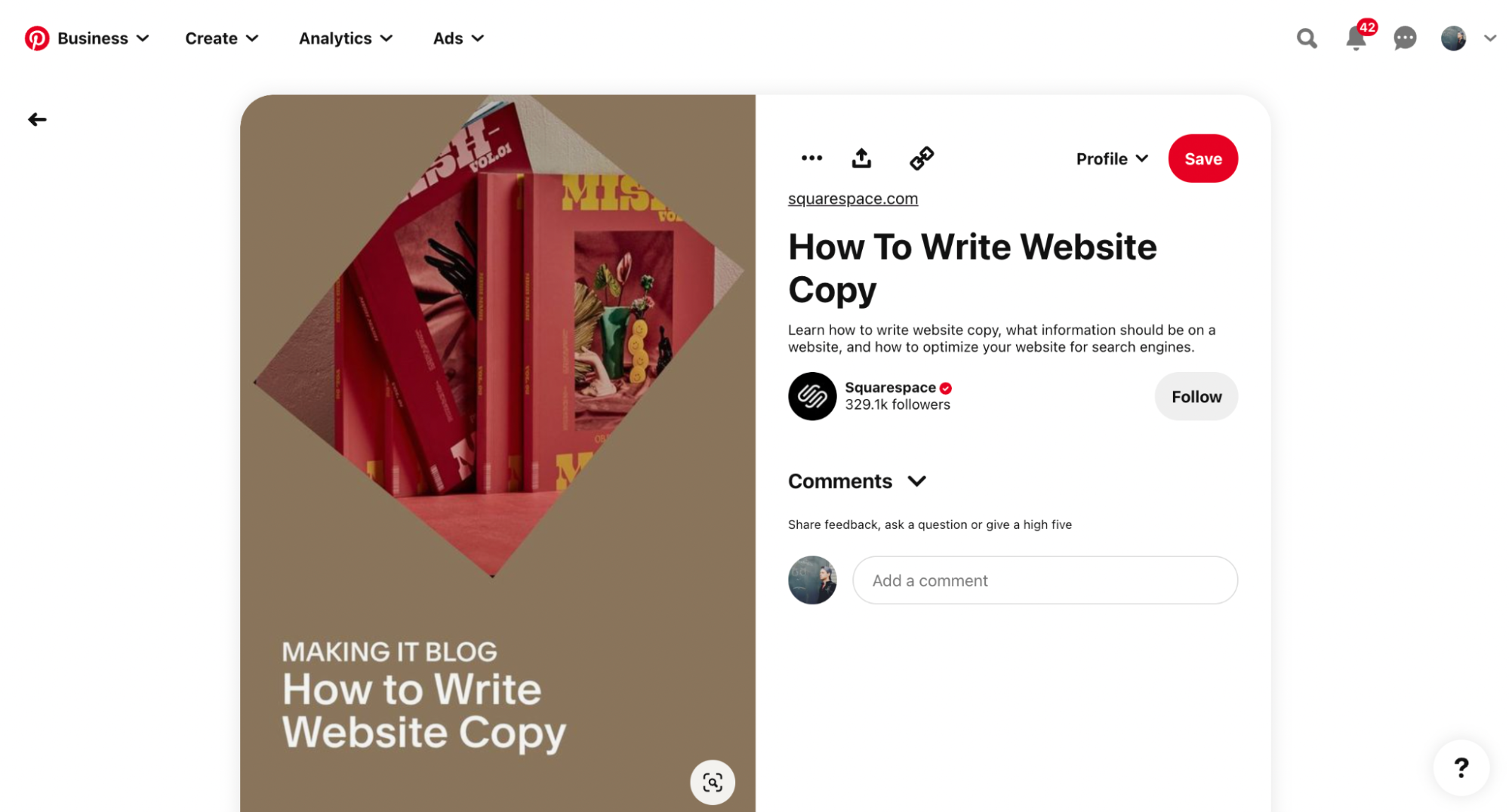

As well as some nontraditional content, like a landing page:
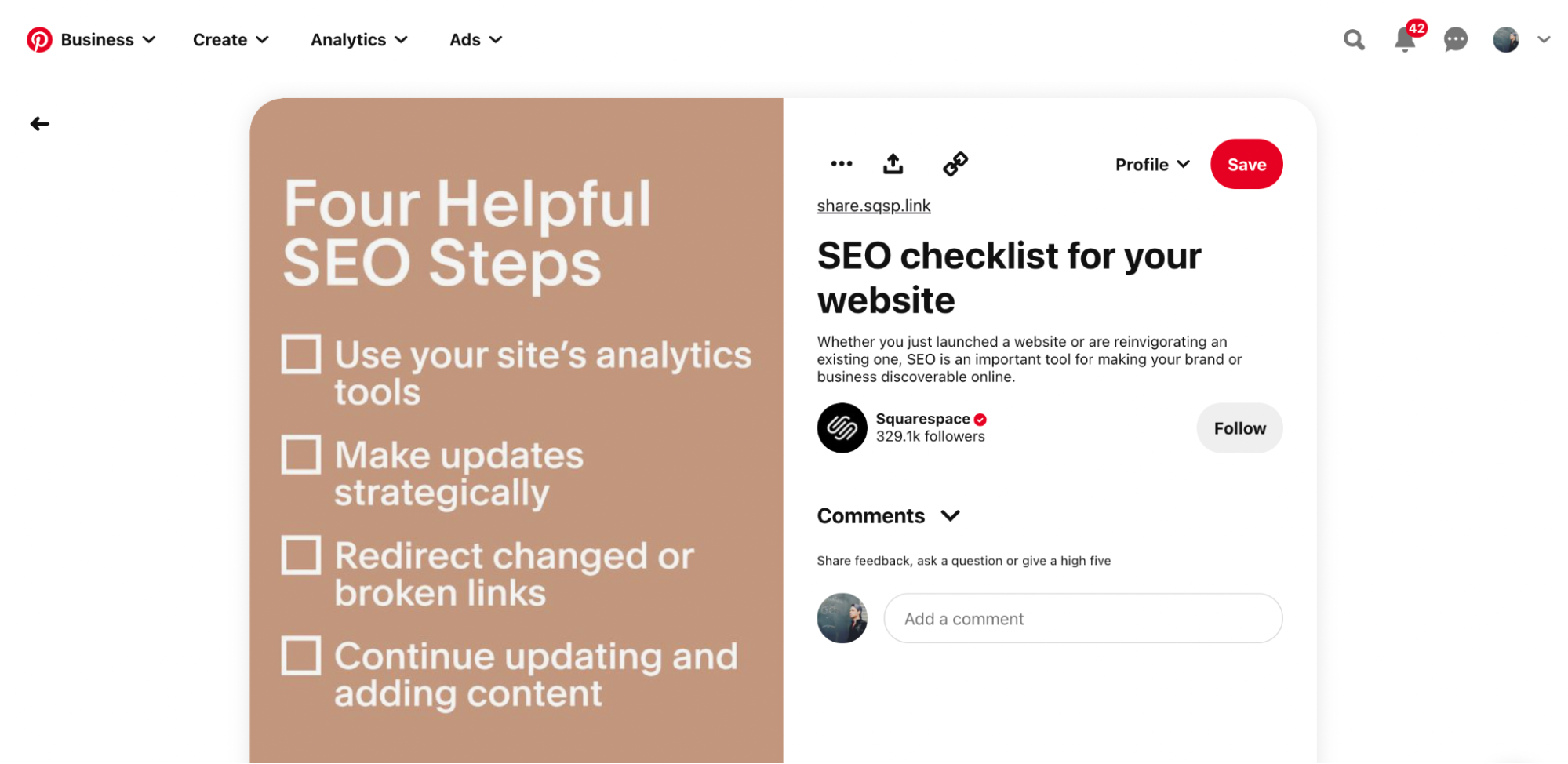

They use a simple but eye-catching visual but link to a pretty generic landing page:
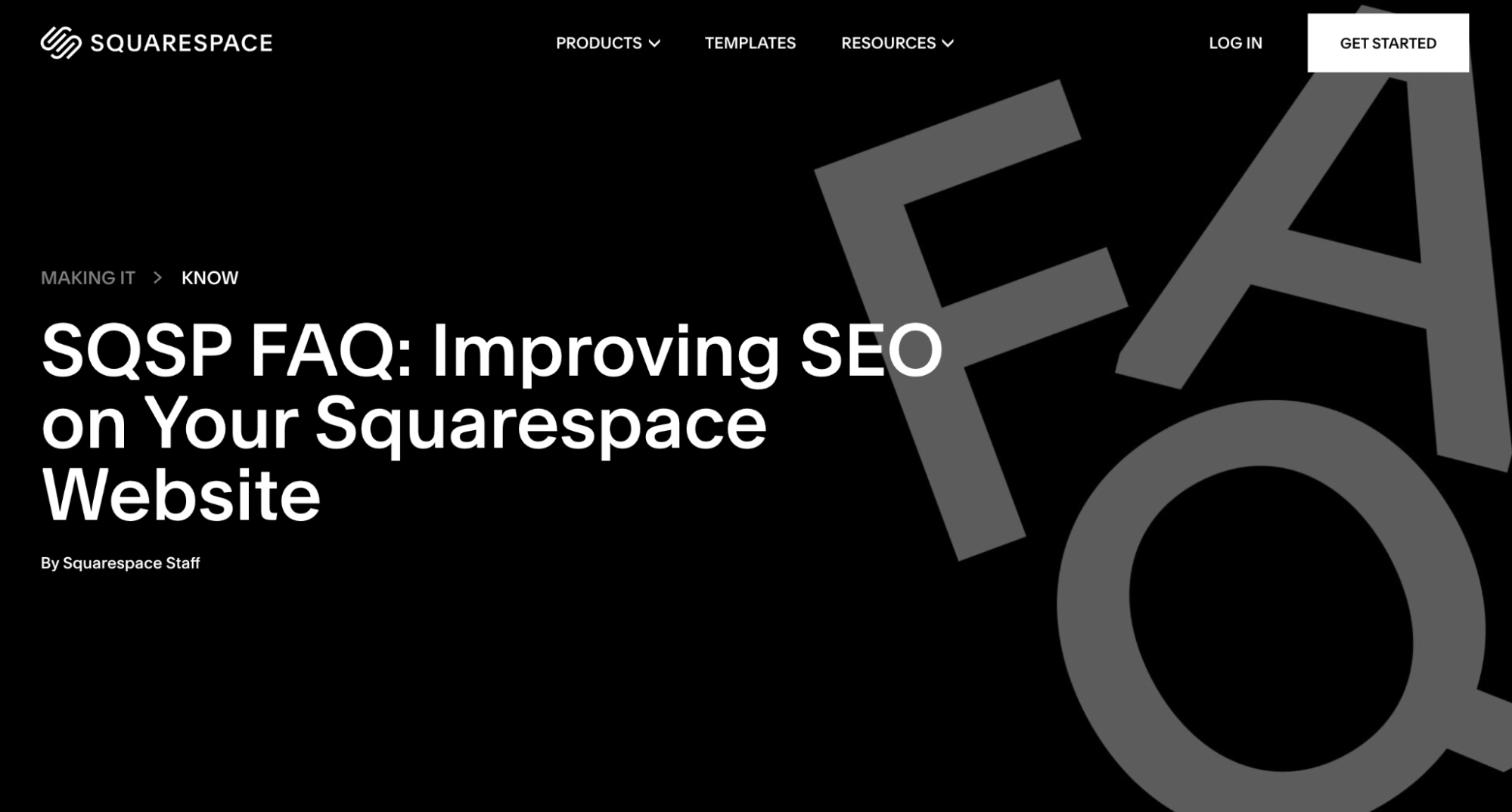

You can create an amazing visual that drives a lot of shares and therefore clicks back to a really boring landing page. But services such as Lucrative Studio can help design appealing websites and landing pages to keep bounce rates low. In fact, the visual content that you use in a new Pin doesn’t have to actually be on the page that you link to.
Right now, Squarespace has over 300k followers and is still posting a ton of relevant content:
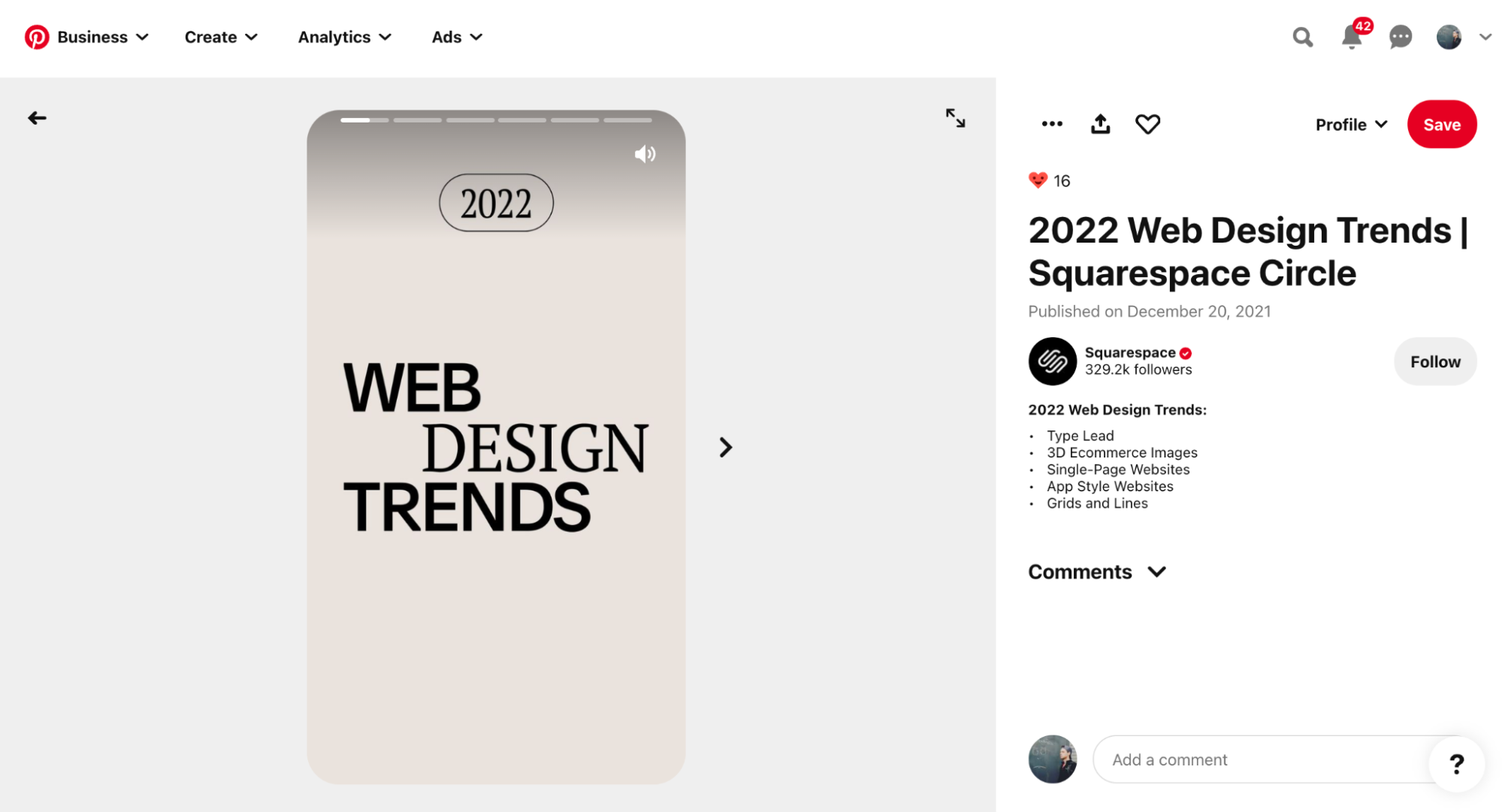

Adobe is another company that has used Pinterest to massively expand its reach. Their Adobe Stock page has quietly amassed 77k followers:
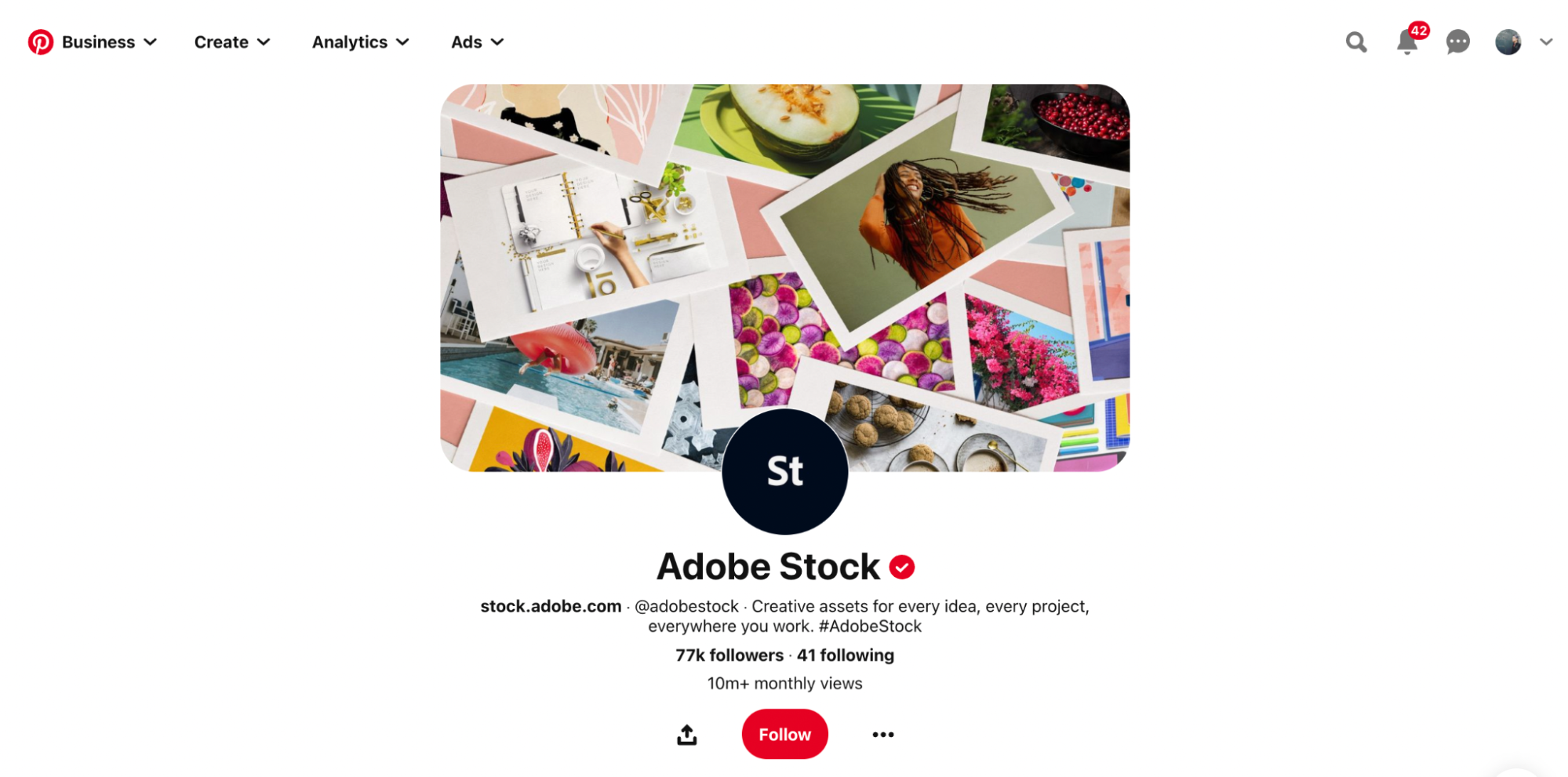

And saved 6M+ images to its boards. Yes you read that correctly, 6 MILLION PINS:
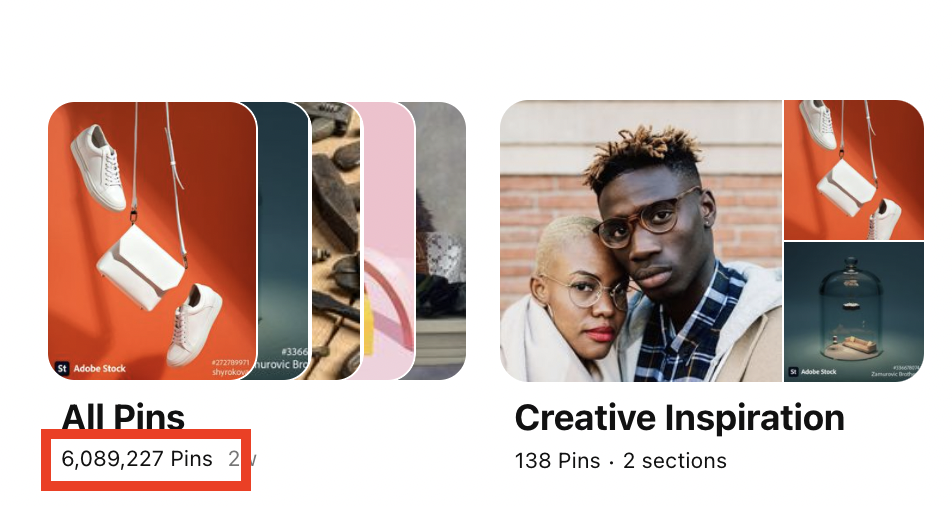

We would bet that some of these shares are automated, but that doesn’t mean they don’t drive clicks and conversions.
Otherwise, why would Adobe be sharing so much content?
Once you click into each of these stock images, you see that they are using the exact same search optimization tactics they would if this were Google:
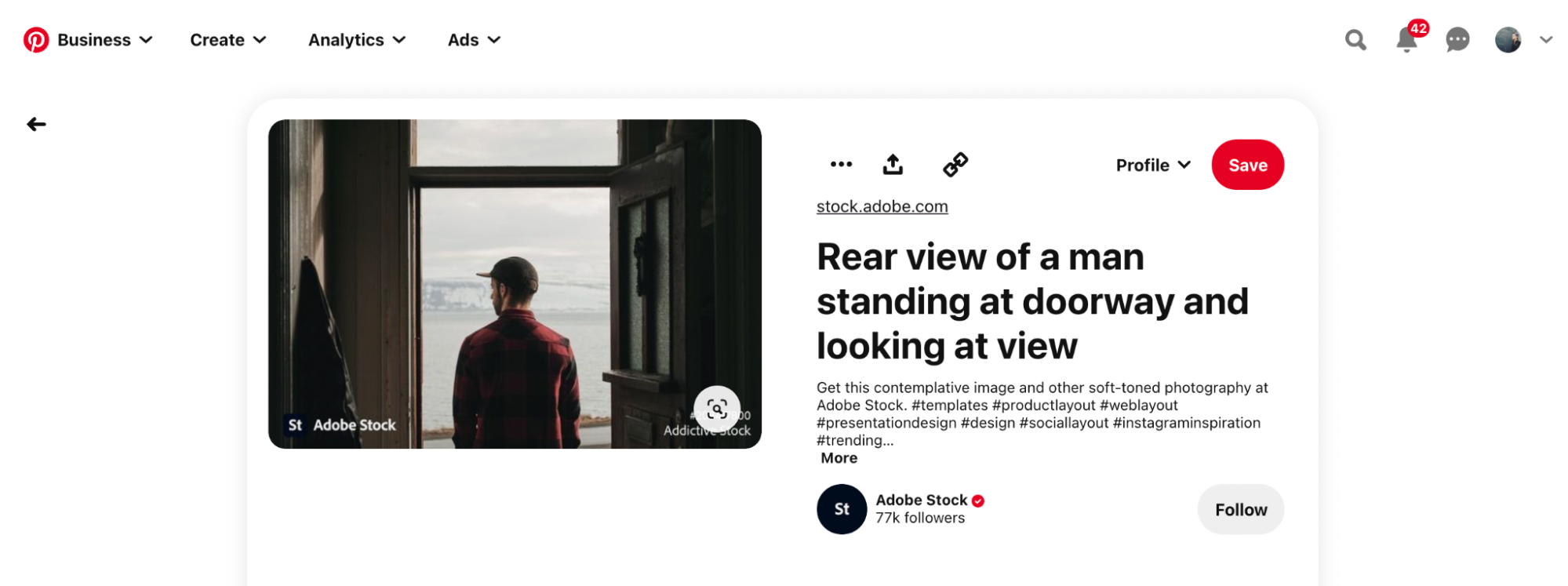

Our friends over at Shopify are pretty active on Pinterest as well.
One of their top boards outlines some solid resources for Ecommerce brands to take advantage of:
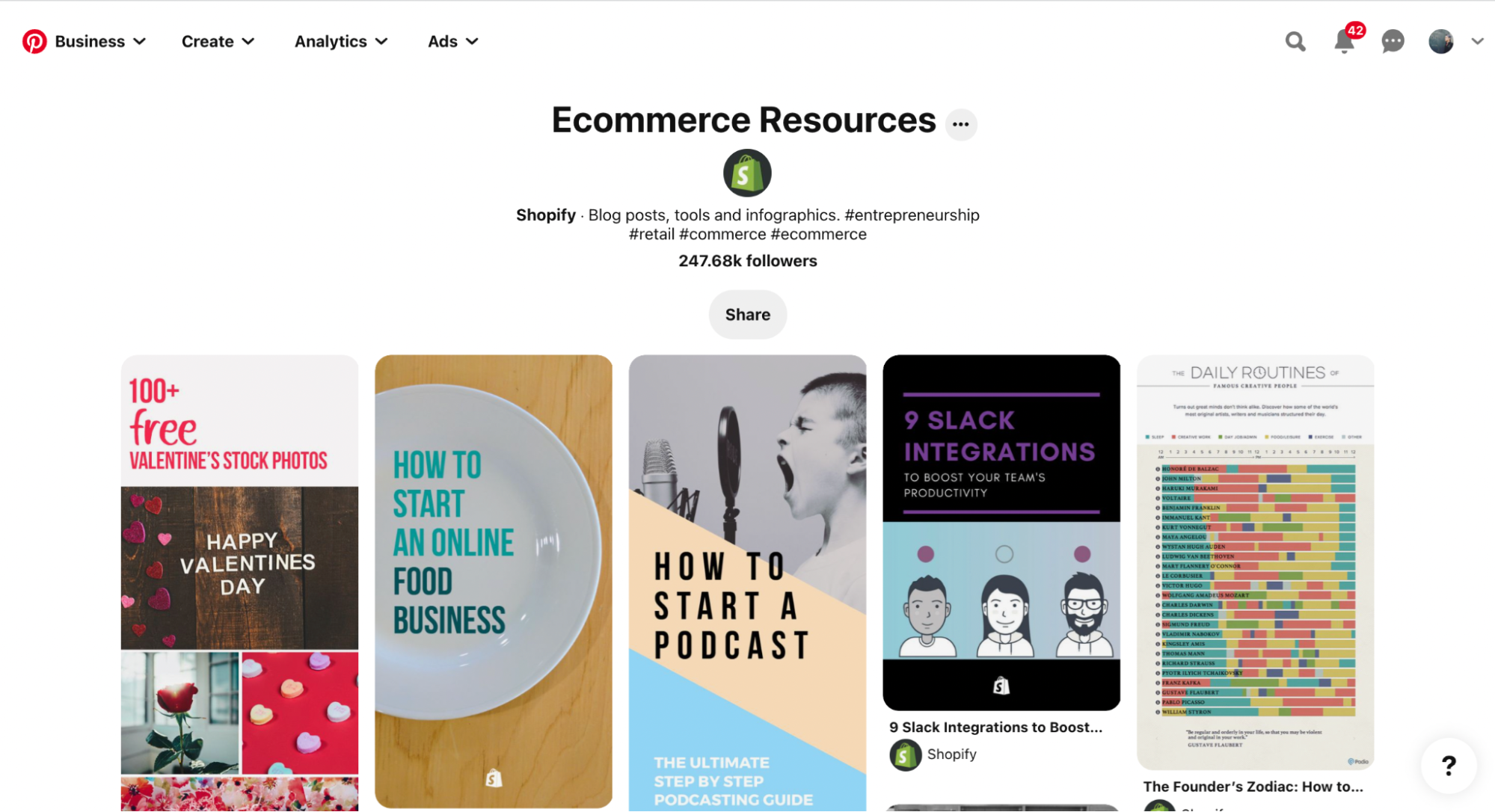

The Pin that caught my attention, and likely yours, was the one covering “How To Start A Podcast.”
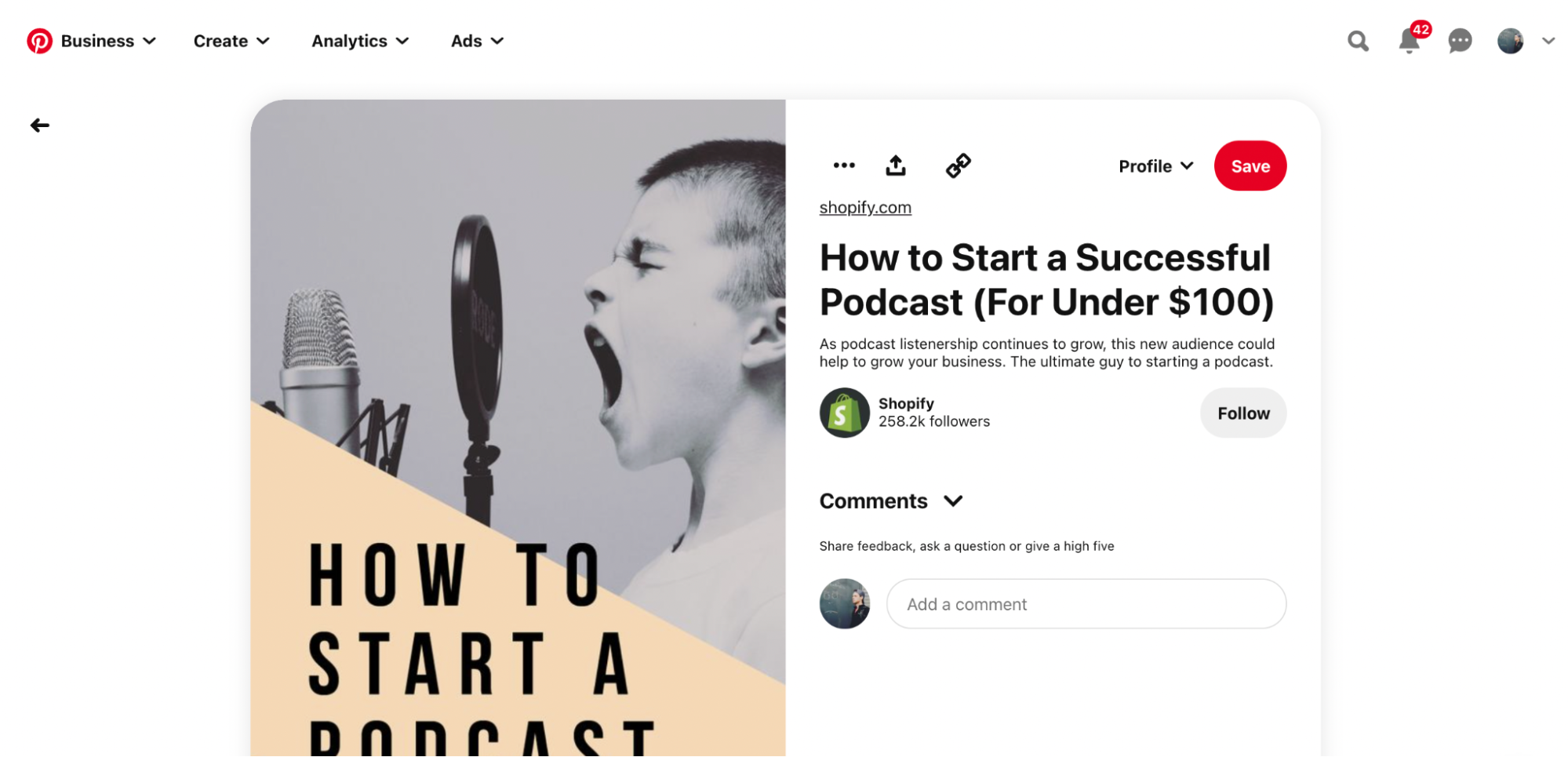

This Pin was extremely well optimized for search and the visual content likely only took a few minutes to create.
There are tons of other examples of B2B brands sharing great content on Pinterest, so be sure to check out the platform before writing it off in 2022.
If you want to start sharing your content on Pinterest in the next few weeks, follow these steps:
- Audit your top blog content
- Highlight the main & secondary keywords
- Create a few content clusters based on your audit
- Use Pinterest Ads or Ahrefs for keyword research
- Create boards based on your content clusters & research
- Write keyword optimized titles, descriptions & more
- Create new visual content, if needed
- Set up automated DAILY sharing for each Pinterest board
- Run for 1 month and analyze the results
- Adjust if necessary and continue sharing
As you can see, it’s really not that complicated to spin up a Pinterest strategy.
Just remember that your content isn’t going to rank overnight, so don’t give too early.
Content marketing is a marathon, not a sprint. And Pinterest marketing is a great example of this.







